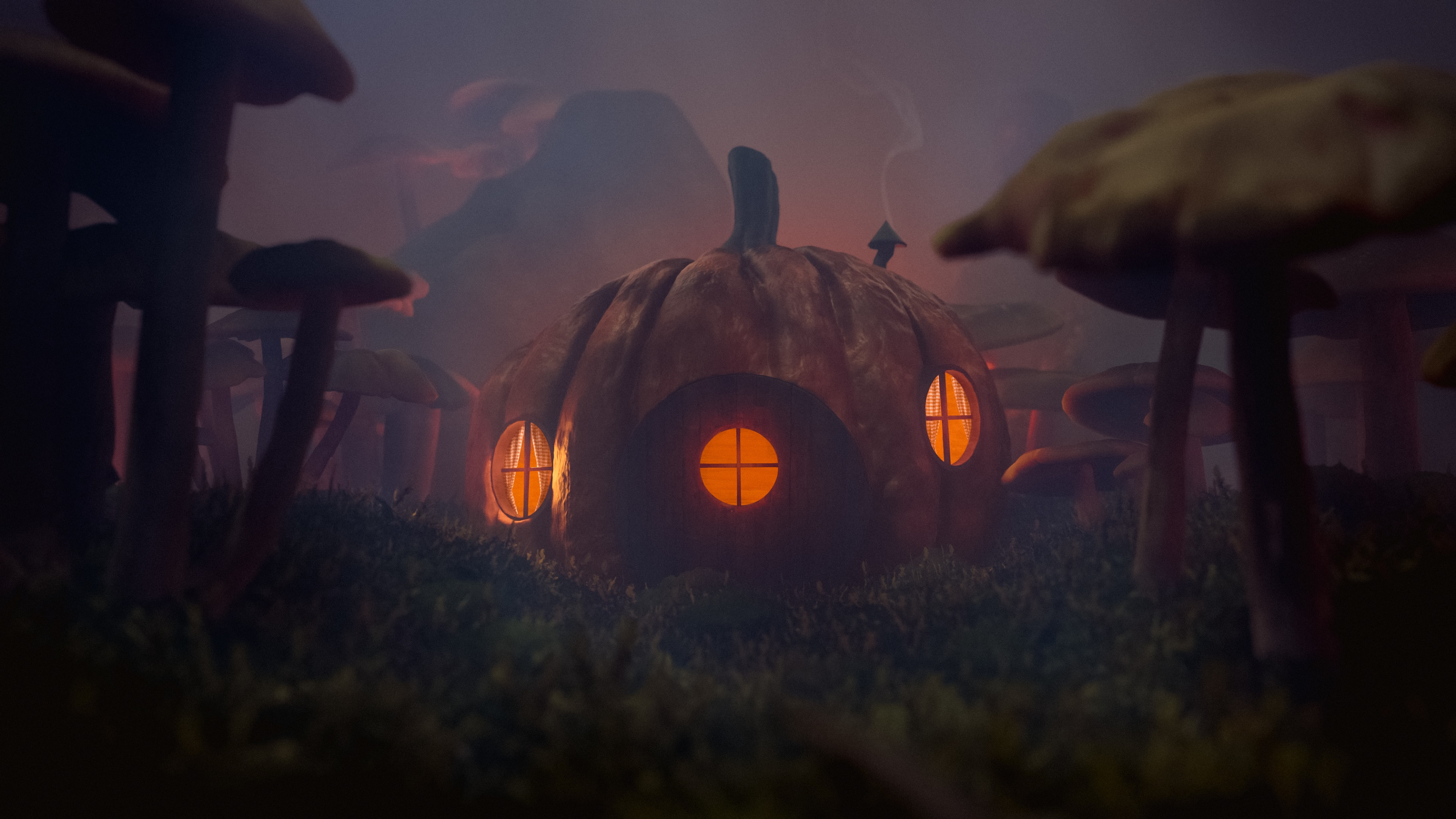Halloween and Gender: Breaking Stereotypes in Costumes

Introduction
Halloween is a time of year when creativity runs wild, and people of all ages get to embrace their inner child and play dress-up for a day. For many, it's a time to let their imagination soar and transform into characters they admire, fear, or simply find intriguing. However, Halloween costumes have not always been free from gender stereotypes, and they often reinforce traditional roles and norms. In recent years, there has been a growing movement to challenge these stereotypes and promote gender inclusivity in Halloween costumes. In this blog post, we'll explore the evolving landscape of Halloween costumes and how individuals are breaking stereotypes to celebrate this spooky holiday.
The Evolution of Halloween Costumes
Halloween has a long and fascinating history, dating back over 2,000 years to the ancient Celtic festival of Samhain. It has evolved significantly since then, with its modern incarnation involving costumes, trick-or-treating, and spooky decorations. Early Halloween costumes were primarily designed to ward off evil spirits and consisted of masks and simple outfits. There was little emphasis on gender when it came to these costumes, as the primary goal was to disguise oneself from otherworldly creatures.
However, as Halloween became more commercialized and popularized in the United States during the 20th century, gender norms began to play a more prominent role in costume choices. Traditional gender roles influenced the types of costumes available and the expectations placed on individuals when selecting their Halloween attire. Boys were encouraged to dress up as superheroes, monsters, or action figures, while girls were often expected to opt for princesses, fairies, or other traditionally feminine characters.
Breaking Free from Gender Stereotypes
In recent years, there has been a welcome shift away from these rigid gender norms in Halloween costumes. People are increasingly challenging stereotypes and embracing more inclusive and creative costume choices. Here are some ways in which individuals and communities are breaking free from gender stereotypes in their Halloween celebrations:
1. Gender-Neutral Costumes: One of the most significant changes in recent years has been the rise of gender-neutral costumes. These costumes are designed to be inclusive and appeal to people of all genders. Examples include animals, inanimate objects, and famous historical figures. This shift encourages individuals to choose costumes based on their interests and preferences rather than conforming to gender expectations.
2. Gender-Swapped Costumes: Another exciting trend is gender-swapped costumes, where individuals choose to portray characters typically associated with the opposite gender. This not only challenges stereotypes but also highlights the fluidity of gender and the idea that anyone can be a superhero, villain, or iconic character, regardless of their gender.
3. DIY and Creative Costumes: Many people are opting for DIY costumes, allowing them to create unique and personalized outfits that defy traditional gender roles. Crafting your costume provides the freedom to express yourself without the limitations of pre-packaged gendered costumes.
4. Group Themes: Group-themed costumes are a fun and inclusive way to celebrate Halloween. Friends, families, or co-workers can choose themes that transcend gender, such as famous movie casts, historical events, or even pun-based concepts. This approach promotes camaraderie and creativity while breaking free from stereotypes.
5. Promoting Gender-Inclusive Stores: Some costume shops are taking steps to offer a wider variety of options that cater to all genders. These stores actively promote gender-inclusive marketing and strive to provide costumes that allow everyone to feel comfortable and authentic in their choices.
Halloween: A Time for Empowerment
Halloween can be a powerful tool for empowerment, especially for those who have felt marginalized or constrained by societal gender norms. It offers an opportunity to explore one's identity, express creativity, and challenge stereotypes. Here are a few ways in which Halloween empowers individuals:
1. Self-Expression: Halloween costumes provide a platform for self-expression and experimentation. For individuals who may not feel comfortable expressing their true selves on a daily basis, Halloween offers a safe space to do so.
2. Building Confidence: Trying on different personas through costumes can boost self-confidence. It allows individuals to step out of their comfort zones and embrace different aspects of their personality.
3. Fostering Acceptance: Seeing a diverse array of costumes and identities during Halloween celebrations can foster greater acceptance and understanding among communities. It sends a message that differences are celebrated rather than shunned.
4. Sparking Conversations: Halloween costumes can serve as conversation starters about gender identity and stereotypes. These discussions can help raise awareness and promote positive change.
5. Celebrating Individuality: Embracing unconventional or non-traditional costumes allows individuals to celebrate their individuality and unique interests, free from the constraints of societal expectations.
Leading by Example
Parents and caregivers play a crucial role in shaping their children's perspectives on Halloween costumes and gender stereotypes. By encouraging creativity and inclusivity, they can help break the cycle of gendered costume expectations. Here are some tips for parents:
1. Open Conversations: Talk to your children about the wide range of costume options available and the importance of choosing something that makes them happy and comfortable, regardless of gender stereotypes.
2. Be Supportive: Support your child's costume choices, even if they want to explore gender-swapped or non-traditional costumes. Encourage their creativity and self-expression.
3. Avoid Reinforcing Stereotypes: Avoid making comments or jokes that reinforce traditional gender stereotypes. Be mindful of the language you use and the messages you send.
4. Lead by Example: Consider choosing gender-inclusive or unconventional costumes for yourself to demonstrate that Halloween is a time for everyone to have fun and be creative.
Conclusion
Halloween is a time of year that allows individuals to break free from societal expectations and celebrate their creativity, individuality, and self-expression. By challenging traditional gender stereotypes in costume choices, we can make Halloween more inclusive and empowering for all. Whether you opt for a gender-neutral costume, embrace a gender-swapped character, or create a one-of-a-kind DIY outfit, Halloween provides a unique opportunity to send a message of acceptance, diversity, and celebration of individuality. So, this October 31st, let's all embrace the spirit of Halloween and break free from gender stereotypes, one costume at a time.
